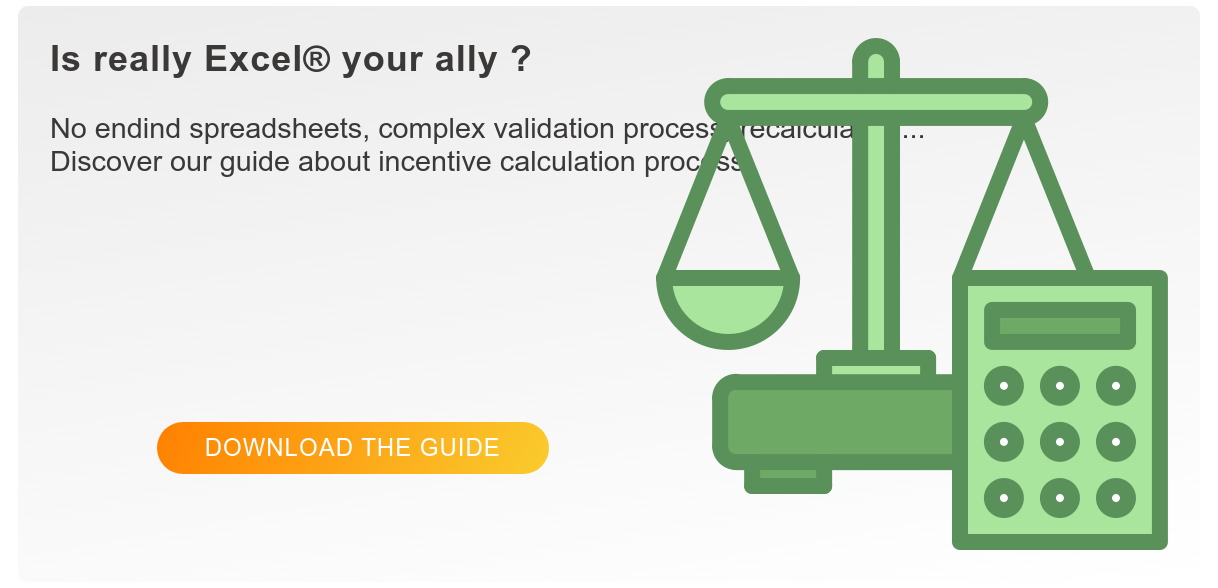HR data, or "data RH," reflects a new dimension of leveraging digital tools in human resources. What exactly is HR data, what are its limitations, and how can it be used most effectively? Let’s explore this wealth of information and its multifaceted potential.
HR Data: a valuable information resource
In the era of AI and the accelerating digital revolution, ignoring the potential of HR data is no longer an option. HR data encompasses a vast amount of information collected by a company over a certain period, which can be utilized by various tools to provide HR teams with a clear and detailed view of their workforce.
The accessibility and quality of HR data are crucial for making informed decisions about workforce management, guiding projects, and defining strategies. HR data allows companies to predict potential outcomes, anticipate future scenarios, and better prepare for changes and reorganizations. Furthermore, it enables companies to evaluate overall performance, identify gaps in specific roles, and implement improvements to enhance productivity.
How can HR Data be used?
As many roles experience workforce shortages, and employers work harder to offer appealing career paths to retain top talent, HR data becomes an invaluable resource. It can be leveraged to better manage internal mobility and establish effective skills development plans. Numerous HR tasks, in fact, can benefit significantly from high-quality, well-utilized HR data.
Recruitment
Recruitment requires collecting and sorting through a significant amount of information. A solid understanding of HR data and how to process it enables recruiters to focus on the most critical elements during candidate preselection, quickly identify top talent, and implement a more efficient, reliable hiring process.
Career Development
Post-hiring, HR data becomes essential for supporting career progression by identifying the strengths and weaknesses of each employee. This visibility helps HR teams offer employees the most suitable training opportunities, boosting skill development. Moreover, by detecting early signs of employee disengagement, HR data helps mitigate turnover risks. Overall, HR data contributes to improved productivity by fostering a better understanding of the workforce, its potential, and its needs.
HR Data and incentive compensation: the challenge of data reliability
While HR data is undeniably one of the most important trends in HR, its use in designing compensation plans requires caution. HR data alone is not sufficient for setting performance objectives. In the context of incentive compensation, it’s past performance data—not HR data in the strict sense—that proves most valuable. HR data often poses challenges due to its lack of real-time updates, making it less reliable for developing effective variable pay systems.
AI may enhance skills management, but ensuring data reliability is a significant hurdle when assembling the information needed to build a bonus system. In practice, HR data is particularly difficult to validate because not all information is updated promptly. This lag can have adverse effects on compensation, which is why human intervention remains essential for regularly updating and verifying data.
Balancing HR Data with human expertise
While HR data is indispensable and its use will only grow, it’s essential to remember that nothing replaces human expertise or the insights provided by managers. In the realm of incentive compensation, HR data often proves incomplete or unreliable. Direct involvement from managers is crucial for collecting more accurate information and validating it regularly, especially to prevent errors in areas such as tracking absences.
HR data offers immense value for workforce management, but its limitations—particularly in terms of accuracy and timeliness—mean it should complement, not replace, human input. By combining data insights with managerial expertise, companies can ensure more precise and effective HR strategies.




